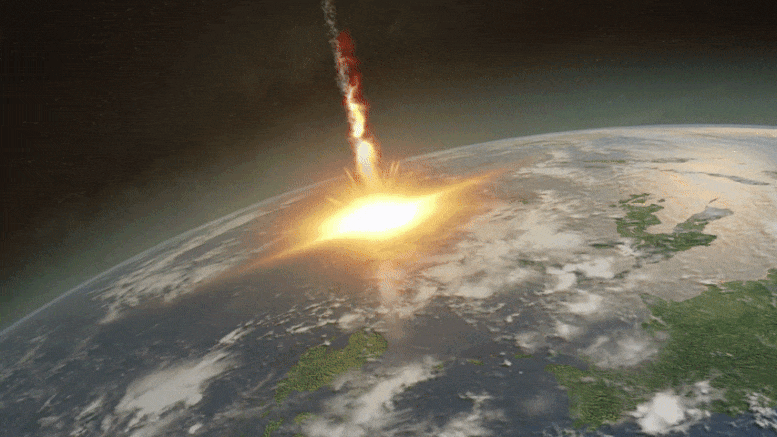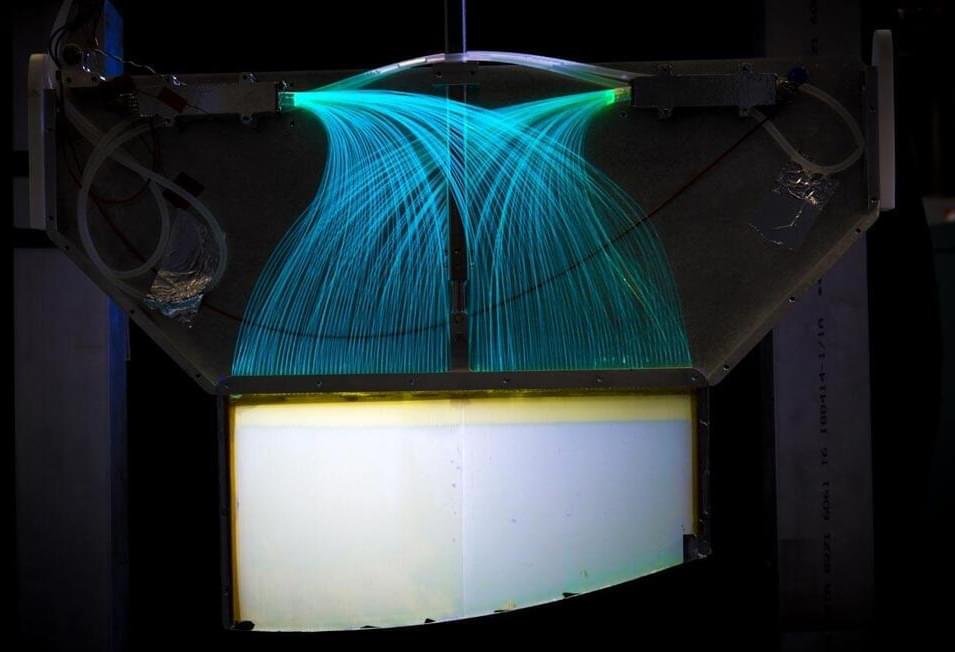A University of Toronto astronomer’s research suggests the solar system is surrounded by a magnetic tunnel that can be seen in radio waves.
Jennifer West, a research associate at the Dunlap Institute for Astronomy & Astrophysics, is making a scientific case that two bright structures seen on opposite sides of the sky – previously considered to be separate – are actually connected and are made of rope-like filaments. The connection forms what looks like a tunnel around our solar system.
The data results of West’s research have been published in the Astrophysical Journal.









